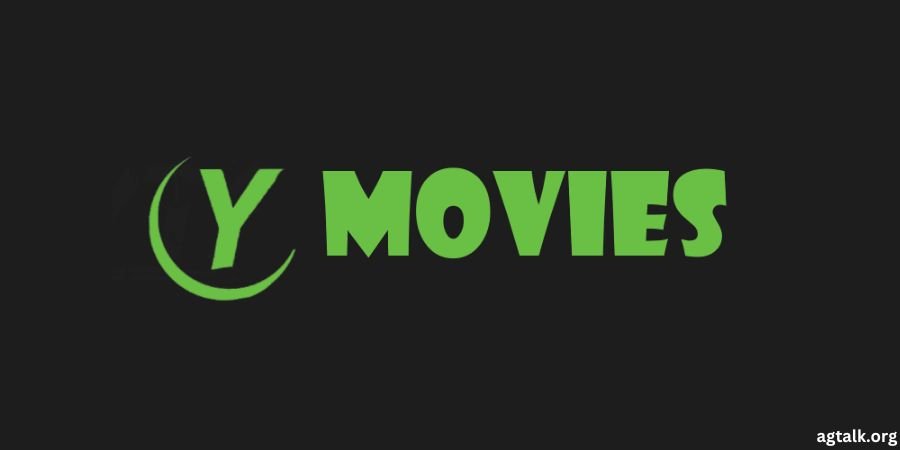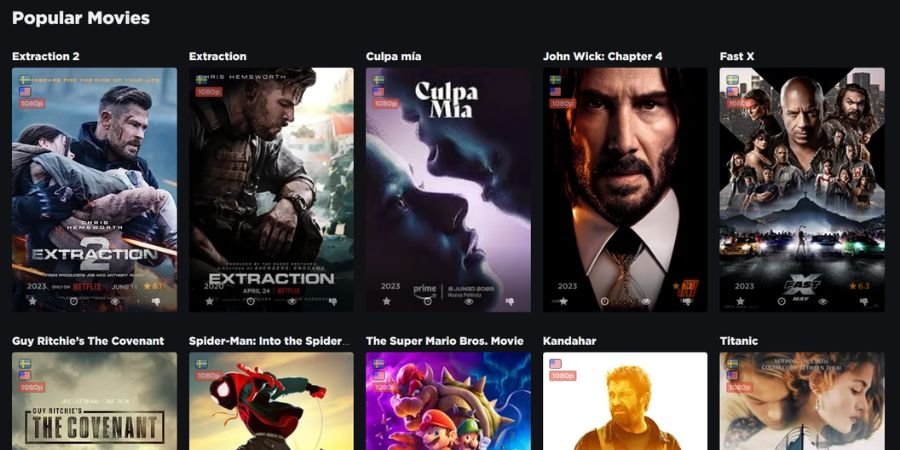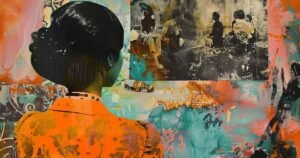Slack Jawed Ghoul: Unveiling the Horrors of Undead Legends
The term slack jawed ghoul invokes a haunting image that is both terrifying and fascinating. The ghoul, as a mythological entity, has found its way into various cultures and narratives, symbolizing fear, death, and decay. From ancient folklore to modern horror films, the slack jawed ghoul represents more than just an undead creature—it is a symbol of the unknown, the supernatural, and the human fear of death. This article dives deep into the concept of the slack jawed ghoul exploring its origins, characteristics, and why it continues to captivate audiences today.
What is a Slack Jawed Ghoul
A slack jawed ghoul is typically depicted as an undead creature with a gaping, lifeless mouth, which hangs open in an unsettling manner. The term slack jawed ghoul refers to the slack or loose jaw of the creature, indicating a sense of physical decay and loss of control, giving it a grotesque appearance. In folklore and mythology, ghouls are scavengers of the dead, preying on the living or feasting on corpses. Their origins can be traced back to Middle Eastern mythology, where they were considered demonic entities that haunted graveyards and deserts.
The Origins of the Ghoul in Folklore
The ghoul originates from Arabian mythology, where it was described as a malevolent being that lurked in deserted places, such as cemeteries, to prey on travelers or consume dead bodies. In ancient Arabian tales, the ghoul was often portrayed as a shape-shifter, capable of taking on human or animal forms to lure its victims. This association with death and decay made the ghoul a fearsome creature in both Arabic and later Western folklore, In Arabic, the term “ghul” translates to “to seize,” emphasizing the creature’s aggressive and predatory nature. The ghoul is often linked to the jinn, supernatural beings in Islamic tradition, further associating it with evil and mischief.
How Ghouls Became Part of Western Mythology
The concept of the ghoul spread to Western cultures through translations of One Thousand and One Nights (commonly known as Arabian Nights), where ghouls were featured in several tales. As the idea of ghouls spread, they became intertwined with Western concepts of the undead. By the 18th century, ghouls were a familiar part of horror literature, often portrayed as grave-robbing monsters or flesh-eating undead, Over time, the image of the ghoul became more synonymous with decay, blending with the rising popularity of zombies and other undead creatures in horror films, literature, and games.
The Characteristics of a Slack Jawed Ghoul
Physically, slack jawed ghouls are depicted as skeletal or decaying beings with pale, sickly skin and hollow eyes. The slack jaw—a jaw that hangs loosely, often gaping open—is a visual marker of their otherworldly nature. This lack of muscle control is not just a physical trait but a symbol of their detachment from life and humanity.
Some common characteristics include:
Sunken Eyes: Ghouls are often portrayed with hollow or glowing eyes, giving them a lifeless, eerie appearance.
Decaying Flesh: Like zombies, ghouls are depicted with rotting or decaying flesh, symbolizing their status as creatures of death.
Hunched Posture: Ghouls are often shown with a hunched back or twisted posture, emphasizing their animalistic nature.
Sharp Teeth and Claws: Many depictions show ghouls with sharp, jagged teeth and claws, reflecting their role as predators of the dead or living.
The Symbolism Behind the Slack Jaw
The slack jaw serves as a symbolic representation of the ghoul’s decomposition and lack of control. The hanging jaw suggests a break between life and death, a creature caught between two worlds. The slack jawed ghoul appearance also emphasizes the ghoul’s role as a scavenger, a being that consumes without thought or control, driven purely by hunger, This imagery taps into deep-seated fears of death and decay. The slack jaw is a sign of a body that is no longer functioning, a reminder of the inevitable deterioration that comes with death.
Ghouls vs. Zombies: Key Differences
Ghouls and zombies, while both undead, differ significantly in their origins and characteristics. Zombies are typically reanimated corpses, often created through a virus or magical means, and are known for their mindless behavior and lack of will. They usually aim to spread their condition or simply feed on human flesh. Ghouls, on the other hand, are more complex beings with origins in Middle Eastern folklore. They are often depicted as supernatural entities with intelligence and cunning, preying on the dead or the living. Unlike zombies, ghouls are not merely mindless predators but are portrayed with distinct personalities and motives. Additionally, while zombies are generally associated with apocalyptic scenarios and mindless hordes, ghouls are more commonly found in folklore and horror fiction as solitary or small groups of menacing creatures.
Ghouls in Literature and Media
The figure of the ghoul has appeared in numerous works of fiction, particularly in horror literature. One of the earliest depictions of ghouls in Western literature is found in The Ghouls, a short story by H.P. Lovecraft, where ghouls are depicted as intelligent but grotesque beings who feed on the dead. Lovecraft’s portrayal helped to solidify the ghoul’s place in modern horror.
Other famous works featuring ghouls include:
The Outsider by H.P. Lovecraft: A story in which the narrator slowly realizes that he is, in fact, a ghoul.
The Ghoul” by Edgar Allan Poe: A tale that touches on themes of death, decay, and the fear of the unknown.
Neil Gaiman’s The Graveyard Book: Ghouls make an appearance as creatures that live in a dimension between life and death, further emphasizing their otherworldly nature.
Psychological Impact of the Slack Jawed Ghoul
The slack jawed ghoul taps into primal fears of death, decay, and the loss of control over one’s body. The image of a slack jaw represents more than just physical decay; it is a metaphor for the loss of agency and autonomy that comes with death. This idea is deeply unsettling because it forces us to confront our own mortality and the potential indignities that accompany it, In horror films and stories, ghouls are often used to evoke feelings of dread and helplessness. They are a reminder that death is inevitable, and that what happens to the body after death is beyond our control. The slack jawed ghoul, in particular, represents the degradation of the body and the terrifying notion of a spirit or entity that refuses to rest.
Surviving a Ghoul Attack: Myth vs. Reality
In folklore, ghouls are dangerous creatures, but they can often be outwitted or avoided. Ancient myths suggest that ghouls can be warded off by staying away from cemeteries at night or by using specific charms or rituals. In modern media, ghouls are often portrayed as creatures that can be fought with conventional weapons, though they are usually resilient and hard to kill, The idea of surviving a slack jawed ghoul attack taps into humanity’s desire to confront and conquer death itself. In reality, however, the ghoul represents the fear of the unknown, the idea that death is an inevitable force that cannot be truly overcome.
Why Ghouls Continue to Fascinate Audiences
Ghouls, particularly slack jawed ghouls, continue to captivate audiences because they symbolize the unknown and the fear of death. The ghoul’s decayed appearance and undead nature remind us of our own mortality, while its insatiable hunger taps into primal fears of being consumed by death, In modern pop culture, ghouls are used to explore themes of decay, fear, and the thin line between life and death. Whether they appear as mindless monsters in video games or as cunning predators in horror films, ghouls continue to be a powerful symbol of the dark side of human existence.
Conclusion
The slack jawed ghoul serves as a powerful symbol of death and decay, embodying humanity’s deepest fears about mortality and the afterlife. Its unsettling appearance and predatory nature make it a compelling figure in horror folklore and media. Whether rooted in ancient myths or modern interpretations, the ghoul’s role as a creature of the undead continues to captivate and terrify audiences, reflecting our enduring anxieties about the unknown and the inevitable end.
Share this content:














Post Comment